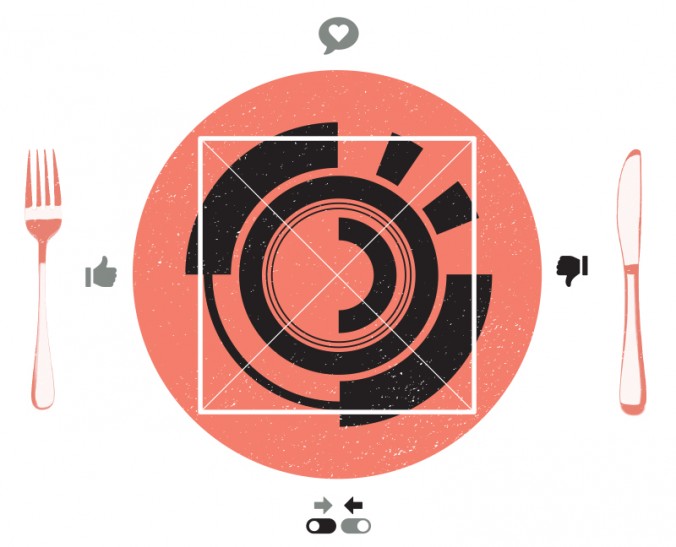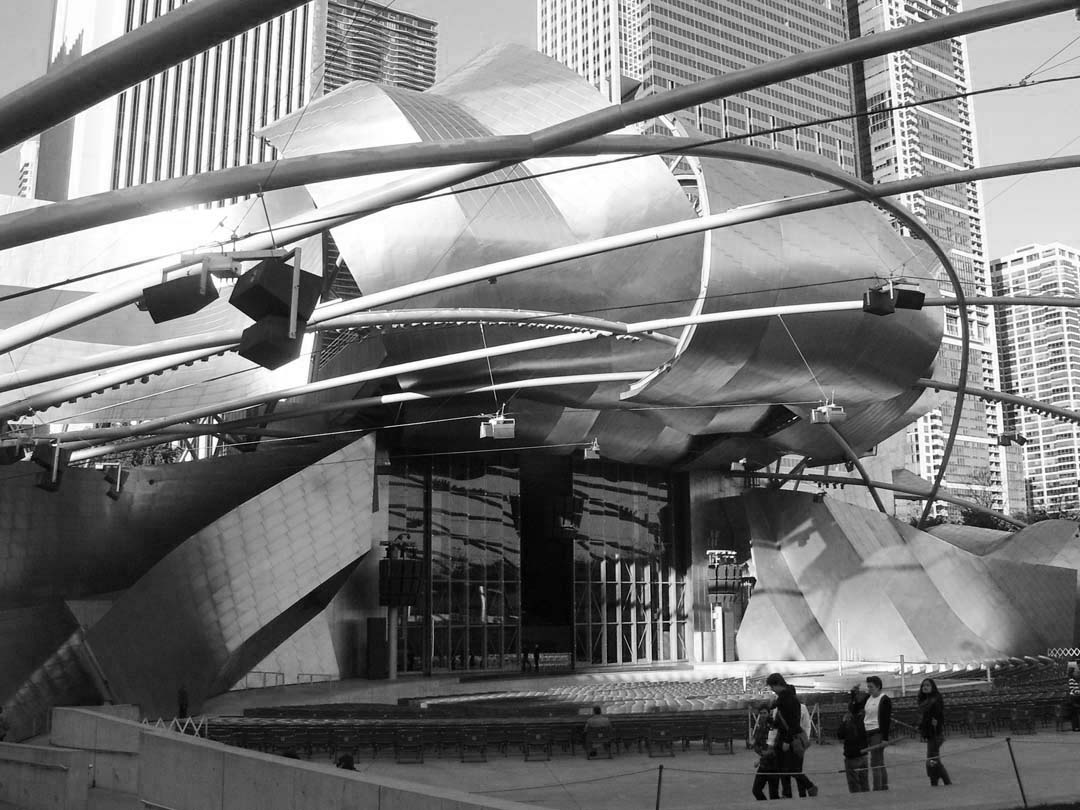Instagram’s Digital Food Politics

With the convenience of less than the touch of a button, we have finally found the perfect arena by which to define ourselves as individuals with individual tastes, individual desires and individual agendas. Social media is designed to give each participant an opportunity to create their own digital footprint, to shape an electronic prosthetic of themselves, and of course, to keep in touch with family and friends. Steve Jobs’ Apple empire, Mark Zuckerberg’s Facebook landscape, Bill Gates’ Microsoft universe, Instagram co-founders Kevin Systrom and Mike Krieger’s visual playground, the #hashtag and the smartphone are all networks of tools that we employ to participate as social beings having a modern, social experience.
Instagram is the epitome of postmodern communication, designed to satisfy our collective hunger for overstimulation, constant intercommunication, and strong visual connections. Crafting an artfully filtered post is a daily ritual for many people of all ages, all over the world. According to statistics from the photo microblogging platform’s press site, there are upwards of 55 million photos shared on any given day. It seems surreal that this tool offers a four-sided visual space controlled completely by the individual, a place that can capture every movement according explicitly to one’s wishes. The allure of this opportunity is powerful. Our Instagram habits have altered our way of viewing everyday life and has shaped the future as perfectly square; no longer do we take experiences simply as they come, enjoy life while we can or seize the moment with the same ferocity. Instead, we take out our phones and ask ourselves “which photo filter would make this look best?” As citizens in a postmodern age, we find satisfaction in our own consumption as we feed our innate need to feel like a part of the consuming masses, living a mantra of excess and pleasure. As we carefully curate a collection of stylized, squared snapshots, we are doing more than simply upping Instagram’s stock: we are branding our lives.

With nearly any Instagram feed for proof, the quickest way to define our social value is through our stomachs. In recent years one aspect of our everyday lives has emerged as bold enough and strong enough to compete for the diminishing attention of the American public: food. This is merely the latest incarnation of a historical pattern; generation after generation has used visual representations of food to convey assumptions and aspirations about social worth and status. Cavemen painted cows and bison on walls while the Gilded Age brought sumptuous still life arrangements of food and drink. Every generation asks itself: to have or to have not? We have chosen to have, and we want everybody to know it through negotiating the dinner table. We have become insistent on taking the food from our plate and putting it on public view, not only as savvy tech-users but also as active participants of a ubiquitous new reincarnation of a gourmet food movement that was once limited to an elite few. Anyone with a smartphone can participate as we insist on delegating hashtags to our dining experiences.

It is no longer enough for us to simply enjoy a meal with friends; we need more and we want more from the dining experience that goes beyond just the visceral satisfaction of eating. We need organic, we need grass fed, and we want to spread social knowledge of our consumption. We are hungry to single-handedly assign ourselves social value through the food we encounter, enjoy and consume.
Pierre Bourdieu, in his 1979 book Distinction: A Social Critique of the Judgement of Taste, first proposed the idea that social class is principally defined through aesthetic concepts. Distinction creates social values and works to differentiate between the classes; the dominant aesthetic rises as public interest shifts. As the percentage of “food porn” in Instagram’s ocean of snapshots directly mimics the rate at which new artisanal restaurants open in a city near you, or the accelerated speed at which social interest leans more and more towards the dinner plate, we have defined our generation’s leading aesthetic principal as “#taste,” a far stretch from “taste.”
This distinct division between “taste” and “#taste” is the genesis of electronic food politics. Although we value food for its physical tastes of savory, sweet or sour, its methods of preparation, and the quality of ingredients, we value its social taste even more. Through the electronic agency of Instagram, we have the opportunity to post a filtered photo of our gourmet meal and tag ourselves at the new, hip restaurant. We also value those posts of the corner stand hot dog, the Starbucks cup, the simple salad and the double cheeseburger, all with the goal of letting our followers know how much fun we’re having and how much we love food. We have created a distinct point system for social definition, gained in the form of a tally of “likes.” Whether sitting at a picnic table or perching at a fancy bar, the dining experience has become less about eating the food and more about being a foodie, less about a time well spent and more about a time well documented.
Share your Instagram food adventures with @FNewsmagazine using the hashtag #fnewsfoodselfie






